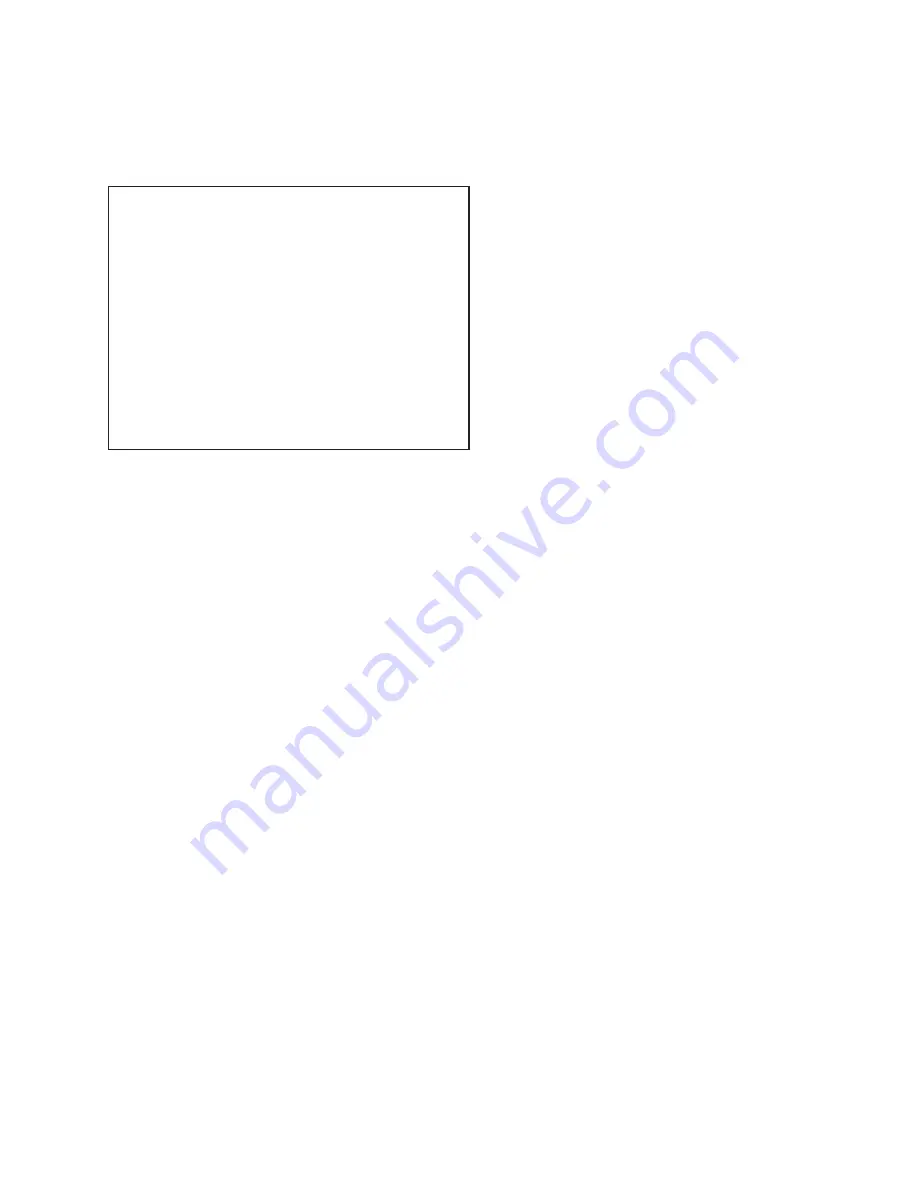
FORM 150.44-NM4
71
YORK INTERNATIONAL
It is the responsibility of the owner to provide the nec-
essary daily, monthly and yearly maintenance require-
ments of the system.
IMPORTANT
If a system failure occurs due to improper main-
tenance during the warranty period, YORK will
not be liable for costs incurred to return the sys-
tem to satisfactory operation. The following is in-
tended only as a guide and covers only the chiller
unit components. It does not cover other related
system components which may or may not be fur-
nished by YORK. System components should be
maintained according to the individual manufac-
turers recommendations as their operation will
affect the operation and life of the chiller.
DAILY MAINTENANCE
It is recommended that the following items be checked daily.
1. Oil Level Correct oil level is when oil appears in
either of the compressor oil sight glasses after the
unit has been in operation for about two hours. If it is
necessary to add oil after this operating period, see
item #3 under the ANNUAL MAINTENANCE section.
2. Oil Pressure Oil pressure should be a minimum
of 50 psi above suction pressure. Typical pressure
is 65-70 psi.
3. Compressor Superheat Correct superheat is 10-
15°F measured at the compressor.
4. Operating Pressures and Temperatures Check to see
that operating pressures and temperatures are within
the OPERATIONAL LIMITATIONS shown in this book.
WEEKLY MAINTENANCE
It is recommended that the following items be checked
weekly.
1. All items listed under DAILY MAINTENANCE.
2. Color of Compressor Oil New oil is clear, and if the
system is not contaminated with moisture and/or for-
eign material, should retain its new appearance for
a reasonable length of operating time. Discoloration
of the oil, either turning darker brown or in some
cases lighter, is an indication of contamination, ba-
sically due to moisture. If it is necessary to charge
oil refer to item #3 under the ANNUAL MAINTE-
NANCE section.
3. Check the refrigerant circuit for leaks.
4. Operating Pressures and Temperatures Check to
see that operating pressures and temperatures are
within the LIMITATIONS shown in this book.
ANNUAL MAINTENANCE
It is recommended that the following items be checked
annually.
1. All items under WEEKLY MAINTENANCE.
2. Operating Controls Check to see if controls are
set and operating within the proper limits. See Unit
Controls and OPERATION section of this book.
3. Compressor Oil Drain, inspect and refill with new
oil. This requires pumping out the compressor. If pos-
sible, this should be done after the unit has been in
operation for some time, when the oil in the crank-
case will contain the least amount of refrigerant. To
pump out the compressor, proceed as follows:
A. Close the suction stop valve.
B. Open the discharge stop valve two turns of the
stem.
C. Operate the compressor until 15 to 20 inches of
vacuum is obtained. Do this by disconnecting the
wiring to LLSV and repeatedly starting the com-
pressor. Recycle 115VAC power to the Logic
Panel to reduce anti-recycle time to 2 min. if
needed. The compressor should in no case be
operated under vacuum conditions for longer than
10 to 15 seconds.
D. Stop the compressor and immediately close the
discharge stop valve. The procedures outlined in
steps (b) and (c) above should be repeated if the
suction pressure rises rapidly to 15 PSIG or more
which would indicate considerable refrigerant re-
maining in the crankcase oil. Do not expect to re-
tain 0 PSIG since some refrigerant will continu-
ally be released from the oil in the crankcase.
E. After pumping down the compressor, wait until the
pressure builds up to 2 or 3 PSIG before opening
up any part of the hermetic compressor.
F. Open the coil drain valve slowly and drain as much
oil from the compressor as possible.
G. Examine the oil for any metal particles which
would indicate wear on the bearings, crankshaft
or connecting rods. If metal particles are found,
PREVENTATIVE MAINTENANCE






























